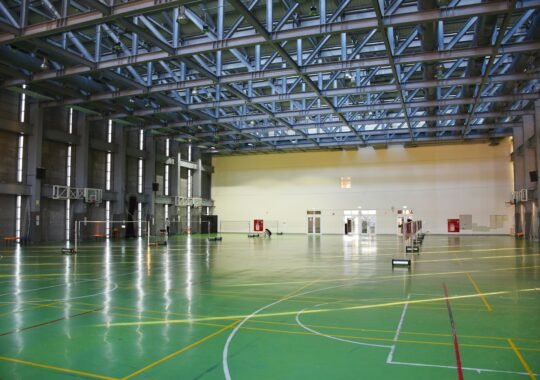When it comes to retail interior design, the principles of consumer psychology play a huge part in everything from colour palette to lighting. It’s crucial to strike a balance, stay on the brand message and encourage a positive consumer response. Here are three ways to boost the effectiveness of retail planning and layout in a small space.
1. Interesting visuals
These can be a great and highly effective way to define the tone of a small space and make it seem as comprehensive as possible. Small shops, for example, often invest in the likes of custom wall murals and décor artefacts to highlight branding and provoke interest in the space.
2. Lighting
In terms of really opening up a small space, nothing does the job like an effective lighting scheme. Swathes of light will make the space look larger, and statement lighting features can add real depth and drama to what is basically a small cube-shaped room.
3. Colour
Using colour psychology is about understanding how the mood and behaviour of consumers can be affected by various colours and patterns. For example, green is typically considered a very natural colour. By using tips such as keeping walls (except for statement visuals) bright, simple and plain, and painting some furniture the same colour of the walls, the room will appear larger.
It’s also worth taking a look at colour psychology research in the retail sector. Although a relatively new branch of retail psychology, it shows promising results.




